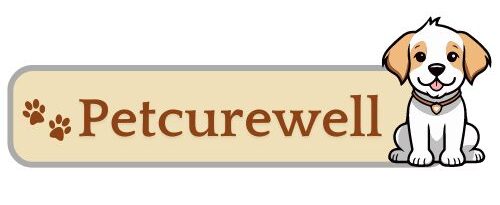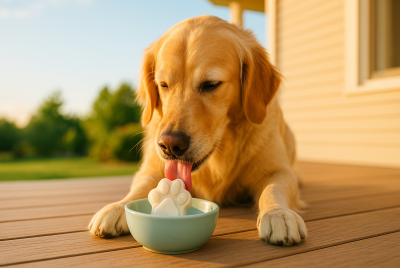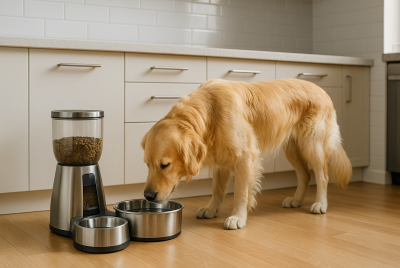How To Remove Skunk Smell Out Of A Dog
We may earn a commission for purchases made using our links. Please see our disclosure for more details.
You love your dog—but nothing tests that love like the moment a skunk turns your evening walk into a full-on emergency. If you’re here, you probably need a calm, clear plan to get skunk smell out of a dog fast, safely, and for good. Take a breath. You’ve got this. Below you’ll find exactly what to do in the first five minutes, the go-to DIY wash (the one that actually works), gentle techniques for faces and sensitive areas, and smart product picks if you’d rather grab a ready-made solution.
Affiliate note: I may earn from qualifying purchases at no extra cost to you.
The First Minutes: Do This Right Away
Move your dog outside or to a ventilated area (garage, porch) so the smell doesn’t set into furniture. Clip on a leash—panicky dogs love to roll, which spreads the oils. Blot the worst of the spray with paper towels. Avoid water at first; water can temporarily “bloom” the odor as it spreads the skunk oils.
Quick triage checklist
- Is the spray in the eyes or mouth? If yes, jump to “Safety First” below.
- Is the coat visibly oily in one spot? That’s your target zone—treat it first.
- Nose overwhelmed? A dab of plain petroleum jelly under your own nostrils can help you tolerate the scent while you work.
Safety First: Protect Eyes, Noses & You
Skunk spray is a potent irritant. If your dog’s eyes are red, squinting, or tearing, flush with sterile eye wash (or clean, tepid water) for several minutes. Prevent pawing by holding the collar or using an e-collar if you have one. Wear gloves to protect your skin and remove jewelry you don’t want perfumed for a week.
Why Skunk Odor Clings (and What Neutralizes It)
Skunk spray is loaded with sulfur-based compounds (thiols and thioacetates). They’re sticky, oily, and incredibly stinky at tiny amounts—imagine garlic with a villain arc. The trick isn’t to “cover” the odor; it’s to chemically change those molecules so your nose can’t detect them. Oxidizers (like fresh 3% hydrogen peroxide) plus alkalinity (baking soda) do exactly that.
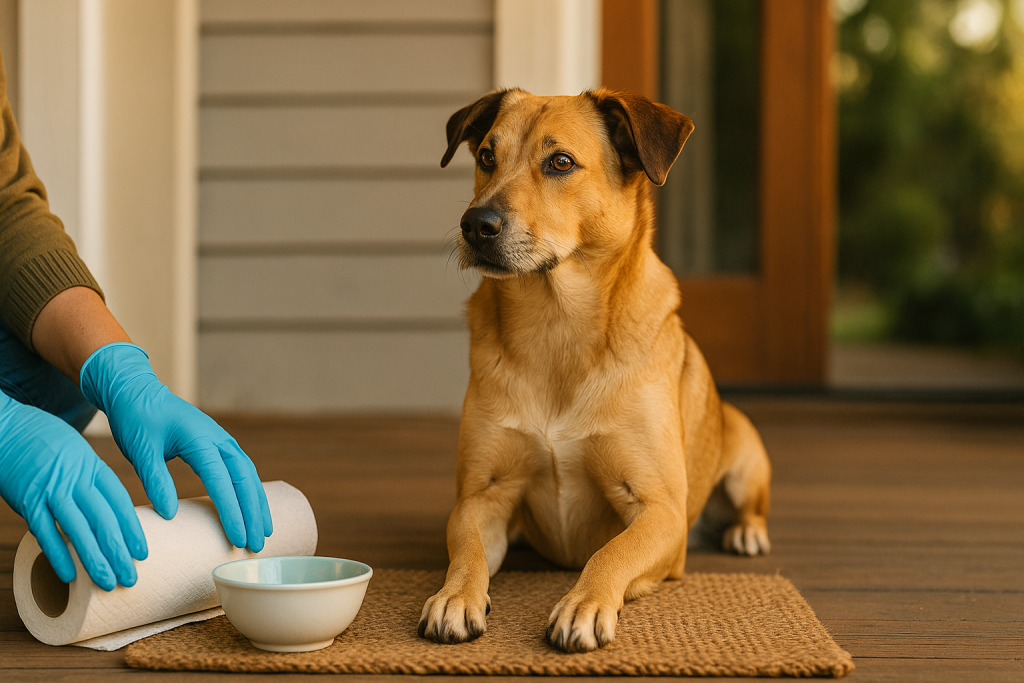
The Gold-Standard DIY De-Skunk Wash (Peroxide + Baking Soda)
This is the famous, chemistry-based formula groomers swear by. Mix it fresh—never store it in a bottle.
Recipe (for one medium dog):
- 1 quart (946 ml) 3% hydrogen peroxide
- ¼ cup baking soda (sodium bicarbonate)
- 1 teaspoon liquid dish soap (grease-cutting; dye- and fragrance-free if possible)
How to use:
- Put on gloves. In a plastic bowl, mix ingredients gently (it fizzes).
- Apply immediately to the skunky areas, massaging in for 3–5 minutes.
- Rinse thoroughly. Repeat once if needed.
- Follow with a moisturizing dog shampoo/conditioner to re-balance the skin.
Important safety notes:
- Use only 3% peroxide (not hair developer).
- Avoid contact with eyes or mouth.
- Don’t pre-wet the coat.
- Use it fresh and discard; sealing the solution can build pressure.
- It may lightly fade dark coats; test a small patch if you’re worried.
Step-By-Step Bath Routine That Actually Works
- Spot treat first. Work the DIY mix into the “impact zone” (usually neck and chest).
- Then full-coat. Massage from neck to tail. Don’t forget armpits, belly, and tail plume.
- Rinse long and cool. Think two full minutes—skunk oils hide in undercoats.
- Shampoo & condition. Choose a gentle, pH-balanced dog shampoo to restore skin feel.
- Towel + air. Skip high-heat drying; warmth can re-vaporize odor molecules.
Tomato Juice? Vinegar? What Helps—and What Doesn’t
- Tomato juice? A win for pasta, a flop for skunk stink. It mostly masks, then fades.
- Vinegar: Can help cut lingering odor on fabrics or crates, but it’s not a primary fix for the coat.
- Scented shampoos/perfumes: Masking only—fine as a finishing touch after a proper chemical neutralization.
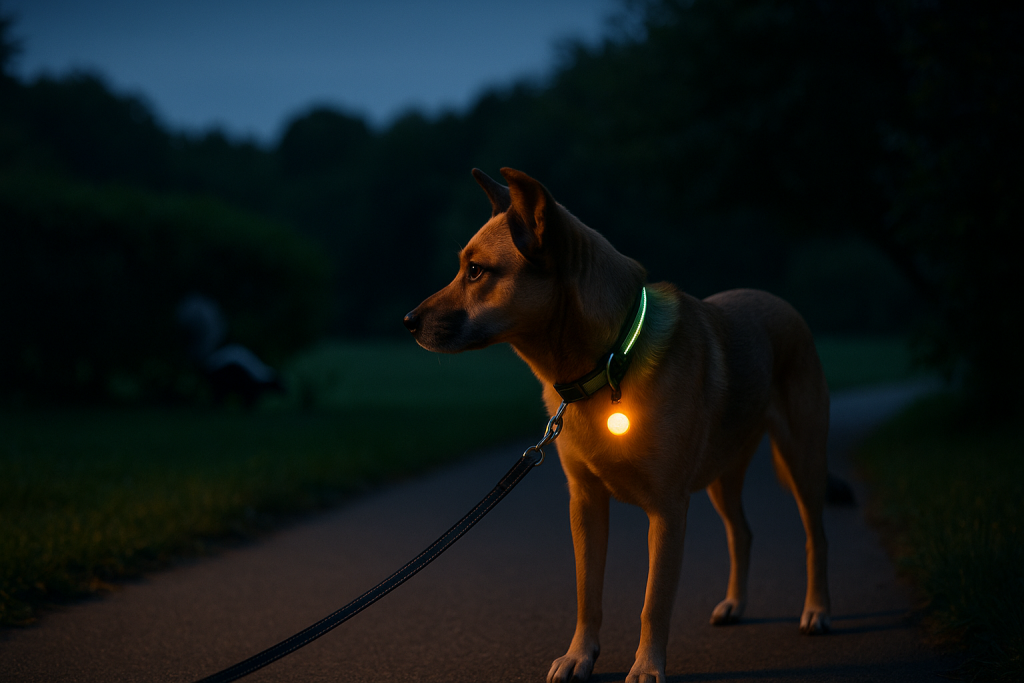
Short, Double, Curly, or Wire: Adjusting for Coat Type
- Short coats: Work fast—the oils hit skin quickly; do two short passes with the DIY wash.
- Double coats (huskies, shepherds): Use your fingers like combs, lifting layers so the solution reaches the downy undercoat.
- Curly coats (poodle mixes): Squeeze product through the curls; avoid vigorous scrubbing that mats.
- Wire coats: Let the solution sit the full 5 minutes so it can penetrate textured hair.
Face, Ears & Sensitive Areas: Gentle Techniques
For the face, skip the bubbly mix and use a diluted, tear-free dog shampoo or a skunk-specific head & face product. Apply with a damp washcloth, wiping outward. For ears, moisten a cloth—never pour liquid into the ear canal. Rinse with care.
When the Smell Lingers in Your Home, Car & Laundry
- Hard surfaces: Wipe with a peroxide-based cleaner or diluted bleach (spot test first).
- Fabrics: Pre-soak in enzymatic or oxygen-based laundry boosters.
- Car: Treat seat belts and headliners (sneaky odor magnets) with a targeted skunk remover.
- Air out: Cross-ventilate; place bowls of baking soda to absorb ambient odors.
Preventing a Round Two (Without Villainizing Skunks)
Skunks don’t want a fight; they want personal space. Keep dusk/dawn walks leashed and lit. Clear yard “buffets” (fallen fruit, open trash, leftover pet food). Teach a reliable “this way!” recall. If you hike, carry a small de-skunk kit (travel-size peroxide, baking soda packet, dish soap, gloves).
Signs It’s Vet Time (Better Safe Than Sorry)
Call your vet if your dog shows any of these after a skunk incident:
- Persistent eye irritation, squinting, or pawing the face
- Lethargy, pale gums, fast breathing (rarely, skunk spray can trigger oxidative red-blood-cell issues)
- Vomiting or drooling after direct mouth exposure
- Wounds from a close encounter or bite (rabies risk)
🛒 Best Products to Get Skunk Smell Out Of A Dog (Top Picks)
Below are five well-reviewed options when you want a proven formula without mixing your own. I’ll note highlights, who they’re best for, and common feedback themes.
1) Thornell Skunk-Off Odor Eliminator Spray (32 oz)
Plant-safe, non-enzymatic formula that can be used on pets, people’s clothing, cars, and even outdoor areas. Good all-around “first grab” cleaner for coats and gear.
Features: Ready-to-use; non-enzymatic; wide-surface compatibility
Pros: Works fast; safe for head/face per brand; multi-surface
Cons: Light cosmetic fragrance isn’t for everyone
Best for: Multi-pet homes and “everything got skunky” nights
Review snapshot: Fans say it removes odor “on contact”; a minority report needing a second round on heavy hits.
2) SynergyLabs De-Skunk Odor Destroying Shampoo (32 oz)
A classic de-skunking shampoo with strong degreasers to lift oily spray from the coat. Economical big bottle.
Features: Salon-style shampoo; made for skunk oils
Pros: Budget-friendly; lathers well; cuts grease
Cons: Can be drying—follow with conditioner
Best for: Thick, oily hits on medium to large dogs
Review snapshot: “Huge relief in one wash” is common; some wish the scent were lighter.
3) Nature’s Miracle Skunk Odor Remover (32 oz)
A go-to household name; breaks down skunk odors on contact and can be used on fabrics, crates, and more.
Features: Non-paraben, non-phthalate formula; multi-surface
Pros: Versatile for home + dog gear
Cons: May require multiple applications on dense coats
Best for: After-bath cleanup (collars, leashes, car seats)
Review snapshot: Loved for whole-house recovery; occasional reports of lingering “sweet” after-scent.
4) Skout’s Honor Skunk Odor Eliminator (32 oz)
Plant-powered formula aimed at neutralizing skunk thiols on contact; safe for pets and surfaces.
Features: Professional-strength; biodegradable
Pros: Simple spray-and-wipe workflow
Cons: Availability may vary by region
Best for: Quick on-leash cleanups before a full bath
Review snapshot: Owners praise the “no perfume” approach; a few note it works best when used immediately.
5) ZORBX Unscented Skunk Odor Remover (24 oz)
Fragrance-free option for scent-sensitive households; designed for dogs, clothes, cars, and furniture.
Features: Unscented, ready-to-use spray
Pros: No masking perfumes; multi-surface
Cons: May need a follow-up pass on long coats
Best for: Sensitive noses, apartments, shared laundry
Review snapshot: “Finally unscented!” is common; some wish for a larger bottle.
Quick Comparison: Top De-Skunking Products
| Model | Key Spec(s) | Warranty | Approx Price/Tier | Best For |
| Thornell Skunk-Off Spray (32 oz) | Non-enzymatic, ready-to-use | Not specified (check listing) | Mid | Whole-home + coat emergencies |
| De-Skunk Shampoo (32 oz) | Degreasing shampoo | Not specified (check listing) | Budget | Heavy, oily hits on thick coats |
| Nature’s Miracle Skunk Remover (32 oz) | Multi-surface, non-paraben | Not specified (check listing) | Budget–Mid | Fabric/gear + quick touch-ups |
| Skout’s Honor Skunk Eliminator (32 oz) | Plant-powered neutralizer | Not specified (check listing) | Mid | Fast on-contact odor control |
| ZORBX Unscented (24 oz) | Fragrance-free spray | Not specified (check listing) | Mid | Scent-sensitive homes & laundry |
Tip: For face and ears, choose a product labeled as safe for the head/face area or use a damp cloth with diluted, tear-free dog shampoo.
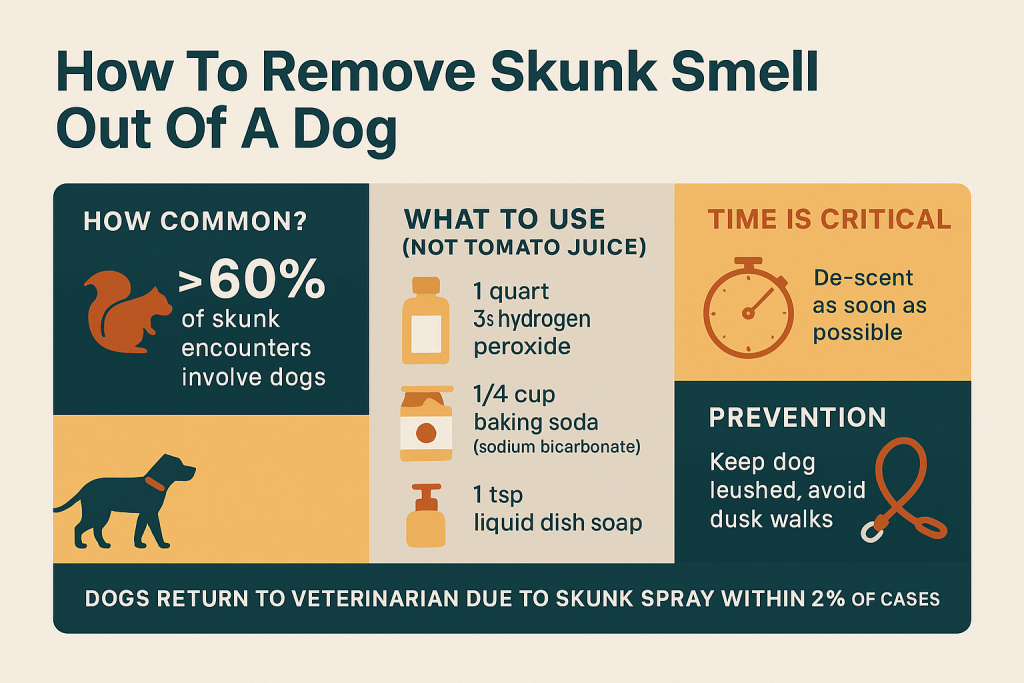
🧪 Research-Backed: What Experts & Studies Say
- Veterinary caution on health risks: A veterinary overview notes that skunk spray to the eyes or mouth can cause eye injury and, in rare cases, oxidative red-blood-cell issues if ingested or heavily inhaled—so monitor for lethargy, pale gums, or fast breathing and seek care if you see them.
- Documented case reports: A peer-reviewed case (2005) described Heinz-body anemia and methemoglobinemia following skunk spray exposure, underscoring why it’s worth calling your vet if your dog seems off after the bath.
Chemistry note: The widely used peroxide-baking soda-soap recipe is credited to chemist Paul Krebaum, whose solution oxidizes and neutralizes sulfur compounds rather than masking them.
Aftercare: Skin, Coat & Re-Settling Your Routine
Skunk spray is tough on skin and nose alike. After you’ve neutralized the odor, help your dog feel normal again: use a gentle conditioner, swap the collar, wash bedding and favorite toys, and add a calm evening routine—quiet crate time, a chew, and soft lights. If you’re refreshing night habits anyway, this guide to crate training a puppy at night can help you rebuild a cozy, consistent bedtime rhythm.
FAQs
How long will a dog’s skunk odor stick around?
If you chemically neutralize it right away, most dogs smell normal within a day. Without proper neutralization, traces can linger for weeks in undercoats, collars, and car fabrics.
What removes skunk smell out of a dog best—DIY or store-bought?
Both work. The peroxide + baking soda mix is the fastest, cheapest chemistry fix. Ready-made products are convenient and great for fabrics, cars, and quick follow-ups.
Is the peroxide mixture safe for my dog’s skin?
Yes—when mixed fresh, used as directed, and kept away from eyes and mouth. Use only 3% peroxide, rinse well, and follow with conditioner to prevent dryness.
Can I use the mixture on my dog’s face?
Avoid directly around eyes, nose, and mouth. Instead, apply a small amount to a damp cloth and wipe gently, or use a head-safe skunk remover labeled for facial use.
My dog still smells when damp—what now?
That “wet dog + skunk” whiff usually means oil trapped in undercoat or fabrics. Re-treat the coat (short pass), wash collars/harness, and run a targeted product on the car and bedding.
Final Takeaways (You’ve Got This)
Skunk encounters feel chaotic, but the solution is simple: keep calm, protect the eyes and mouth, and chemically neutralize (don’t mask) the odor with the peroxide-baking soda method or a proven skunk-specific product. Rinse well, rewash fabrics, and reset routines so your pup feels safe again. You did a hard thing today—nicely done. When you’re ready, stash a mini de-skunk kit by the door so next time (hopefully never!) you’ll be even more prepared.
